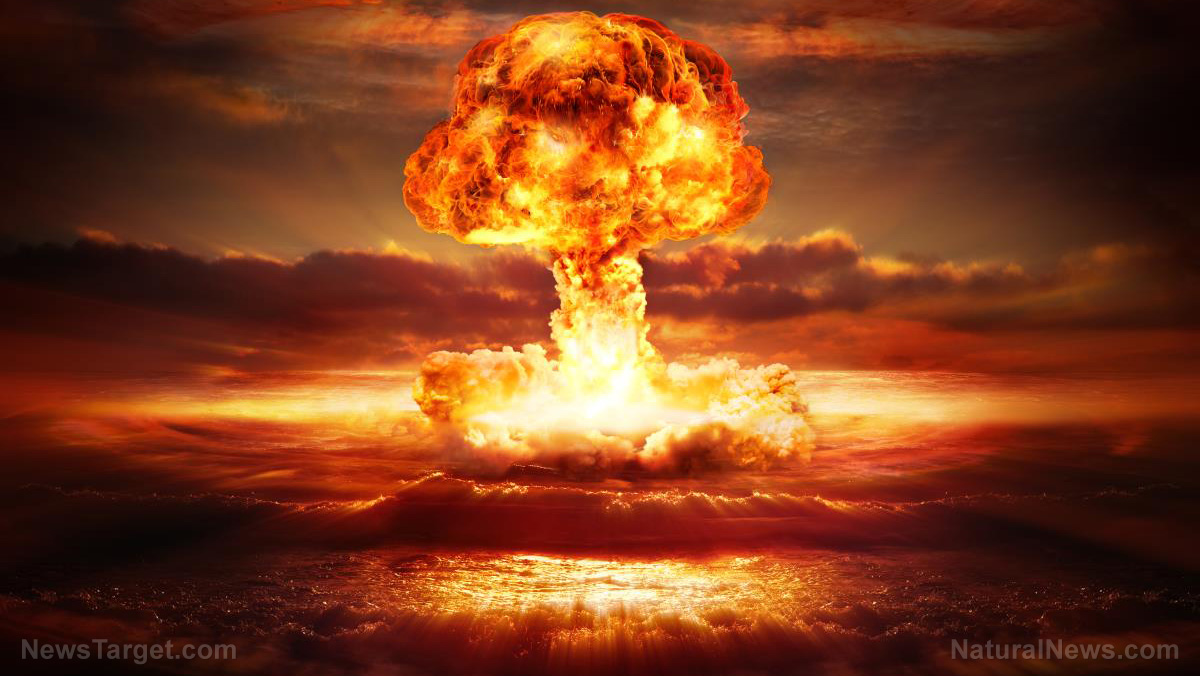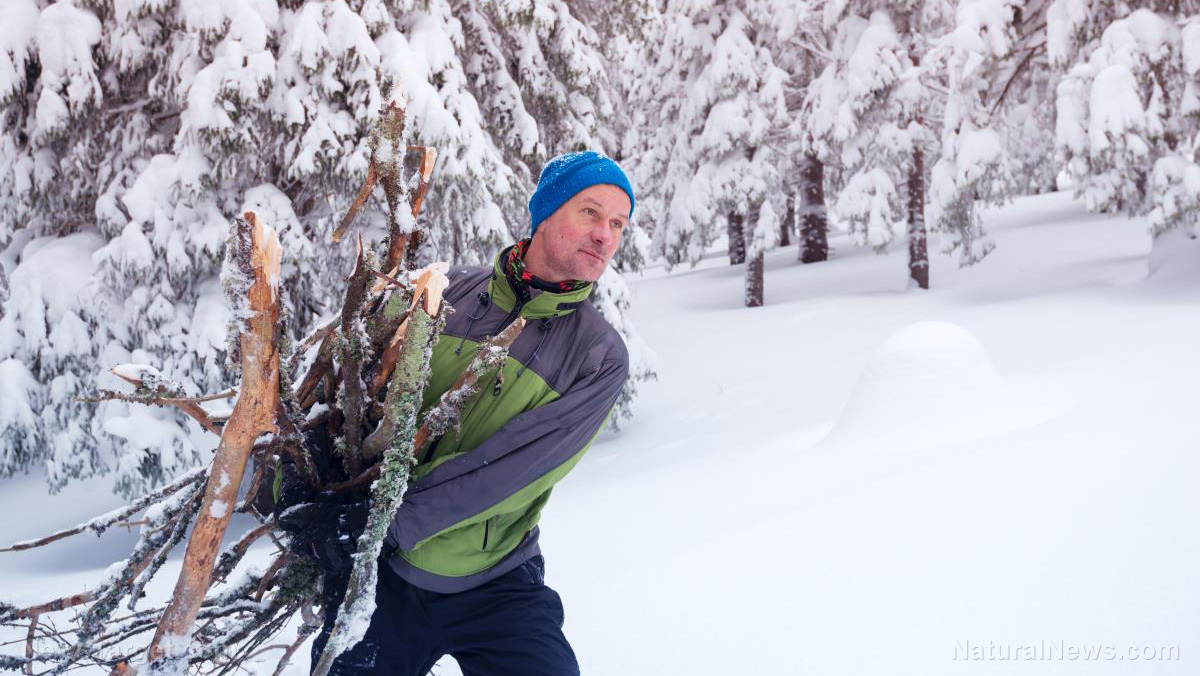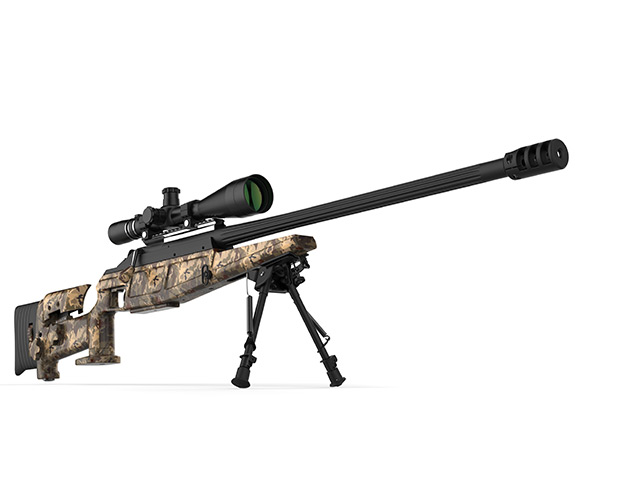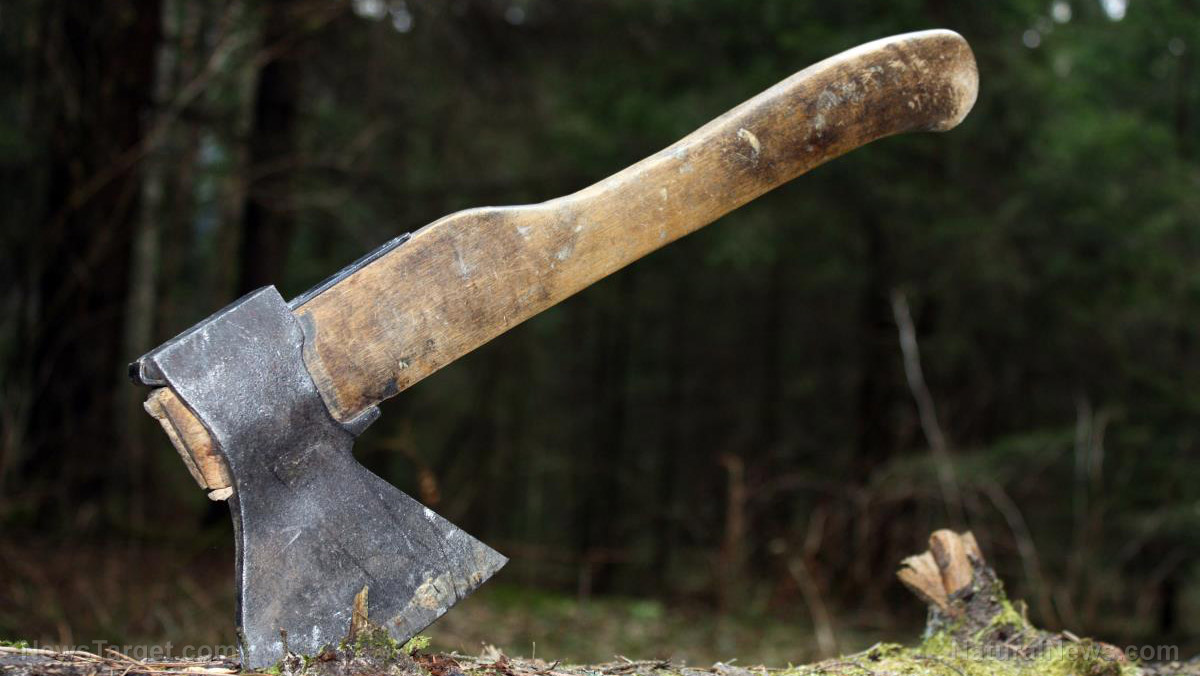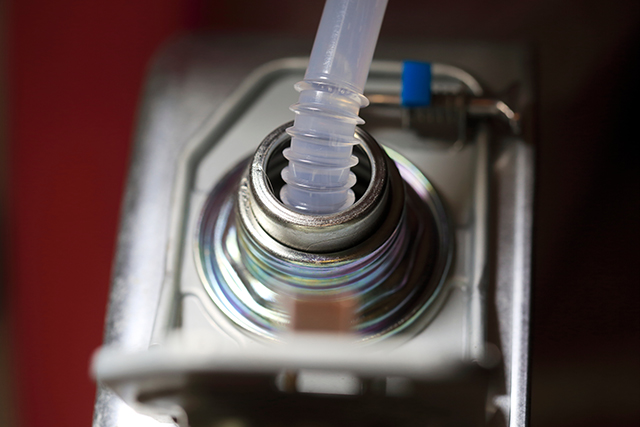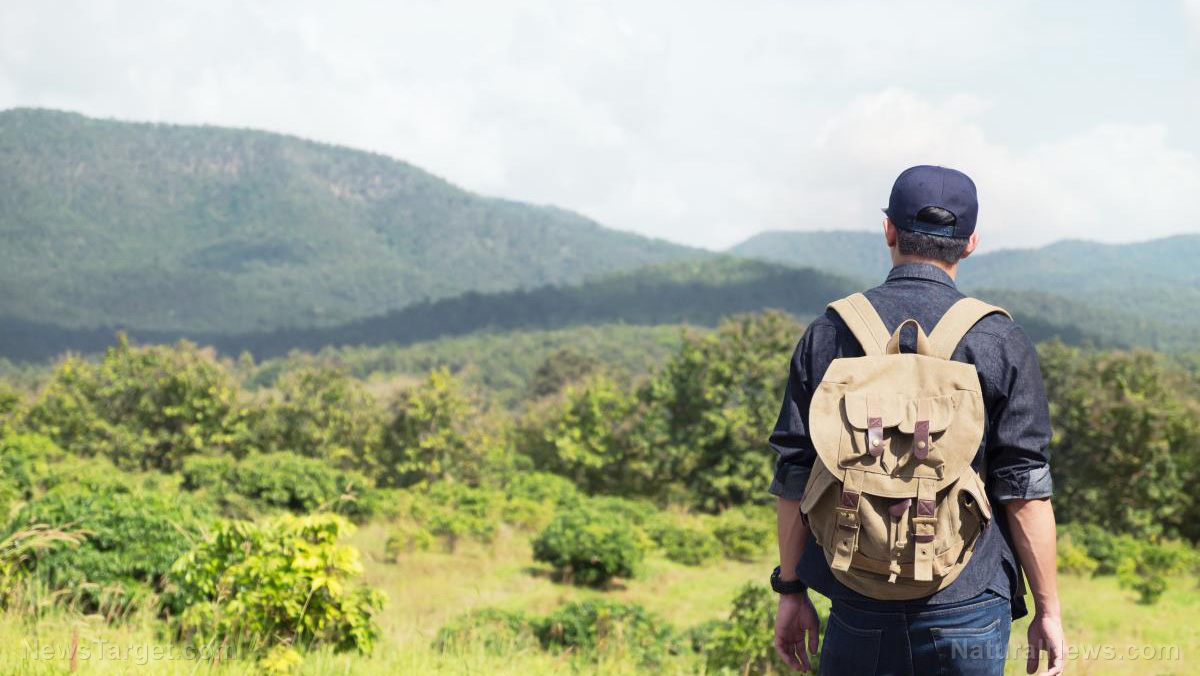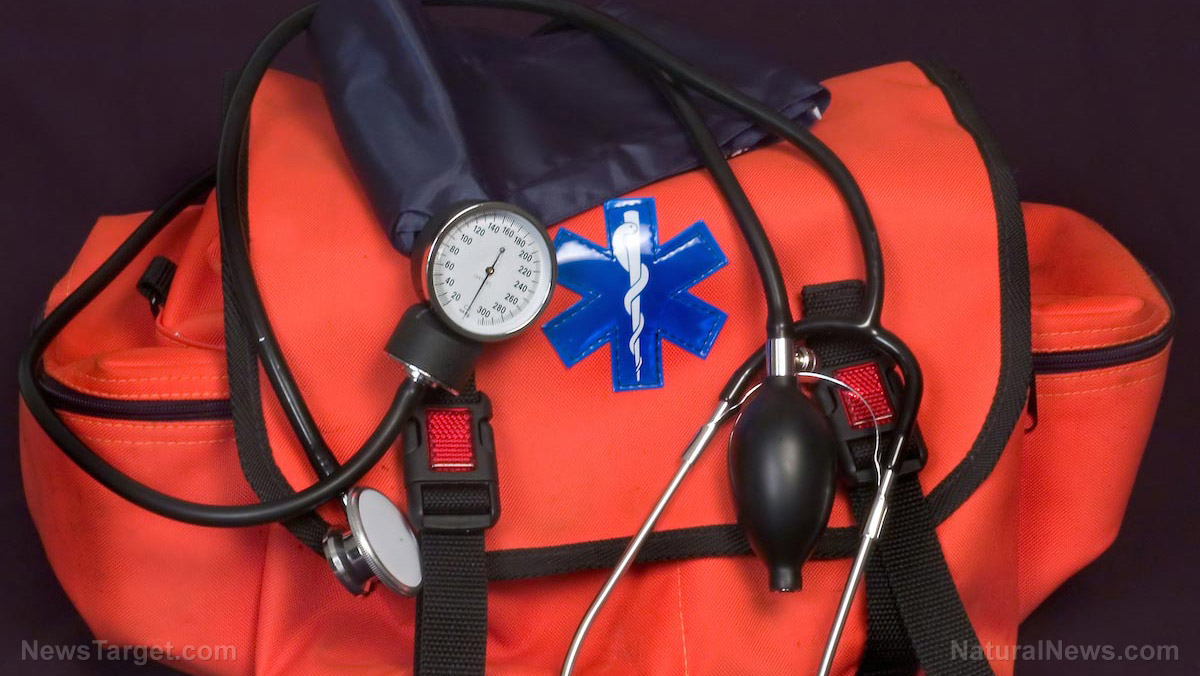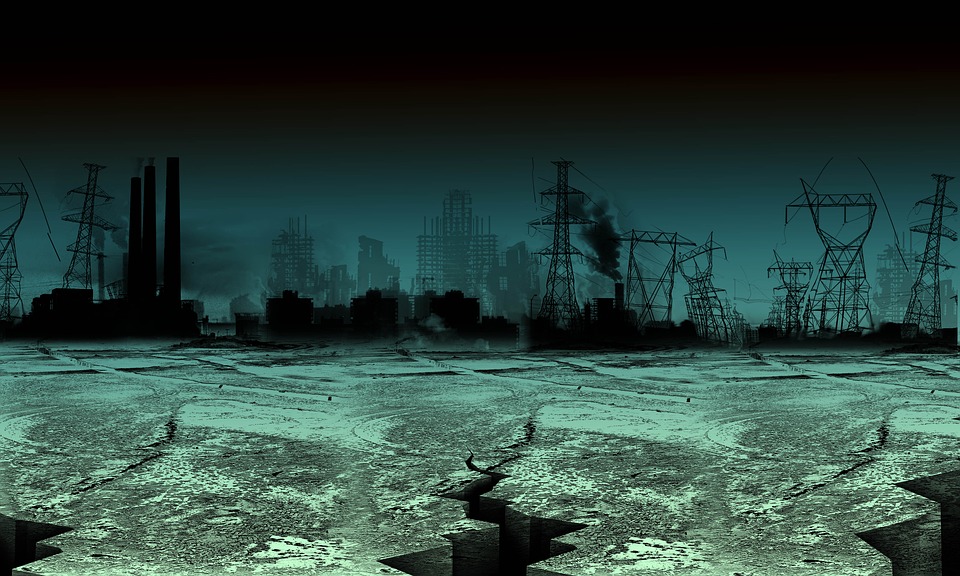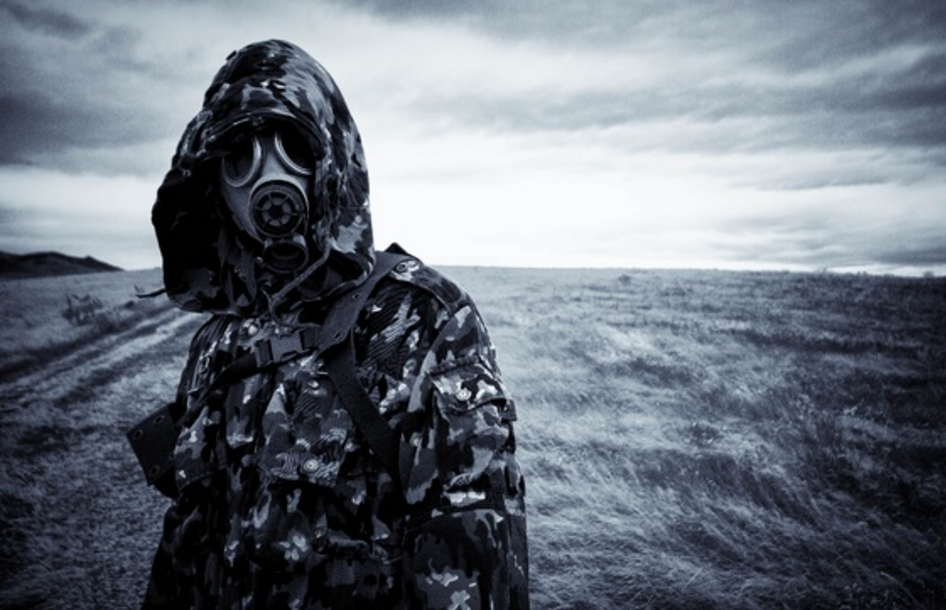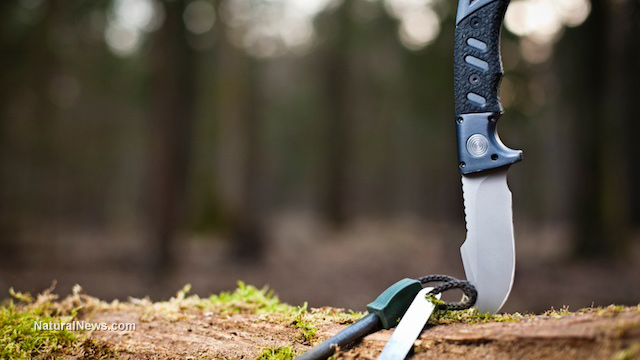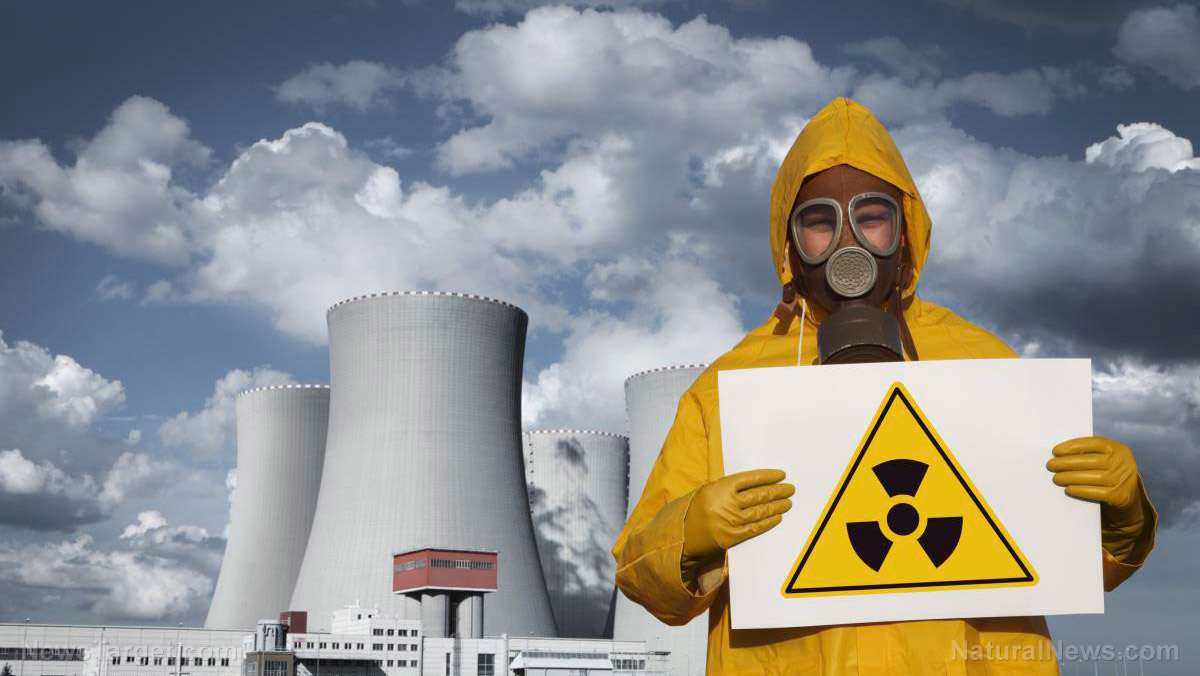A nuclear attack is a constant possibility and the best you can do to keep yourself and your family safe is to be prepared. But while some of the things you already have at the ready will prove handy – first aid kits and other emergency supplies are always useful – surviving a nuclear blow requires special equipment. (h/t to ThePreppingGuide.com)
Why do you need to prepare?
In the instance of a nuclear war, the explosions won’t be your only worry. A conventional explosive does harm through its blast and shrapnel; a nuclear bomb does much, much more.
Unlike a conventional bomb, a nuclear bomb releases its energy in three ways: a blast (about 50 percent), heat (about 35 percent), and nuclear radiation (about 15 percent). The blast varies depending on the particular atomic bomb, but almost all atomic bombs are designed to destroy on a large scale.
The amount of energy released by an atomic bomb – its yield – is usually measured in terms of TNT equivalent (or the amount of trinitrotoluene (TNT), the explosive material used for conventional bombs, needed to yield the same amount of energy). This is usually expressed in terms of tons (t) or 1,000 kilograms (kg) of TNT, kiloton (kt) or 1,000 t of TNT, and megaton (mt) or one million tons of TNT.
For reference, Fat Man, the larger of the two bombs used against Japan in World War II, had a maximum yield of only 22 kt. The strongest nuclear bomb ever detonated had a yield of 50 mt, but its maximum yield could have reached 100 mt. A one-megaton bomb is expected to create a burn-out as expansive as 100 square km – roughly half the size of American Samoa, an island nation in the Pacific.
A nuclear explosion creates a huge fireball releasing temperatures exceeding 540,000 degrees Fahrenheit (300,000 degrees Celsius). Together with the shock wave, this heat burns and mows down everything in its way. Firestorms and hurricane-like winds may also occur. Anyone close enough and looking directly at the explosion may be blinded for good.
But of the effects of a nuclear bomb, the radiation is perhaps the most damaging. An initial pulse of gamma rays and radioactive particles ensues immediately after the blast, large doses of which are enough to kill. These particles hang around in the atmosphere in the form of dust or “fallout.” These particles contaminate the soil, water, and plants, causing disease in both humans and animals. The fallout could remain a threat for up to five years.
What equipment do you need?
In the case of a nuclear attack, it’s best to seek shelter underground. Keeping a bug-out bag at the ready will help ensure your survival until help arrives. Aside from the usual supplies, such as a flashlight, first aid supplies, food, clothing, and other essentials, you will also need the following equipment:
Gas mask
This will be your primary protection against the harmful particles released during a nuclear attack. You may have seen instructions online on how to create DIY gas masks, but for your safety, it is highly recommended that you do not use these and buy masks and filters that are approved for NBC (nuclear, biological, and chemical) or the newer CBRN (chemical, biological, radiological, and nuclear) standards. These are certified by several regulatory bodies, with the National Institute for Occupational Safety and Health (NIOSH) being the biggest of them.
Keep in mind that gas masks are temporary measures and need to be used in conjunction with other equipment. For men, it’s best to shave as facial hair can prevent the mask from creating the airtight seal necessary to prevent you from inhaling particles.
Adult-sized gas masks won’t do for younger people at all, so it’s best to purchase ones sized for kids and infants if you have children.
Gas mask filters
As in the case of gas masks, these need to be either NBC- or CBRN-rated. They don’t last a long time and need to be replaced around once every 24 hours, so keeping a few spares at the ready will help a lot, especially if you expect some time to pass before help arrives.
Hazmat suit
The ideal hazmat suit is one from either Tyvek or Tychem and will protect you from contamination through your skin. It will also shield you from chemicals or pathogens, but not from ionizing radiation. Hazmat suits are rather affordable, so it’s easy to stock up on several for yourself and your family members. However, keep in mind that they are often designed for use in controlled environments, such as laboratories, so they may have weak points. It’d be best to include duct tape in your bug-out bag with which you can seal tears and holes.
If you suspect contamination anyway, you can take natural remedies for radiation exposure.
Geiger counter
Even with protective equipment, it’s best to stay away from radiation after a nuclear attack. A Geiger counter or a similar radiation detector will “smell” invisible radiation and tell you which areas you cannot go to.
To learn more about what you can do to protect yourself against radiation, go to RadiationScience.com.
Sources include:
ThePreppingGuide.com
Pitara.com

